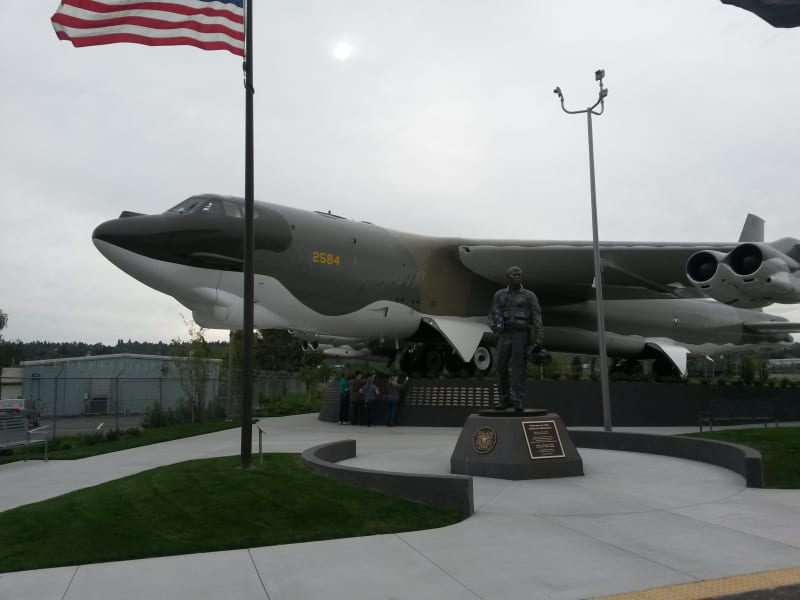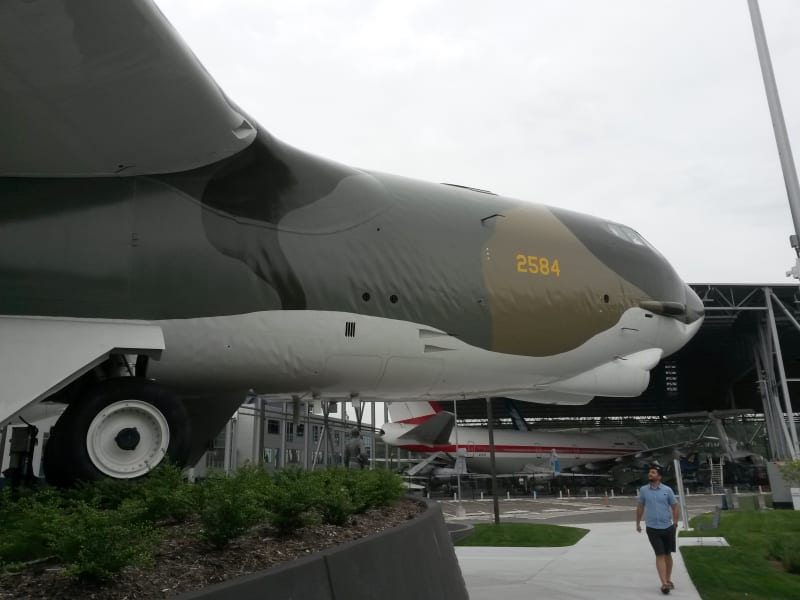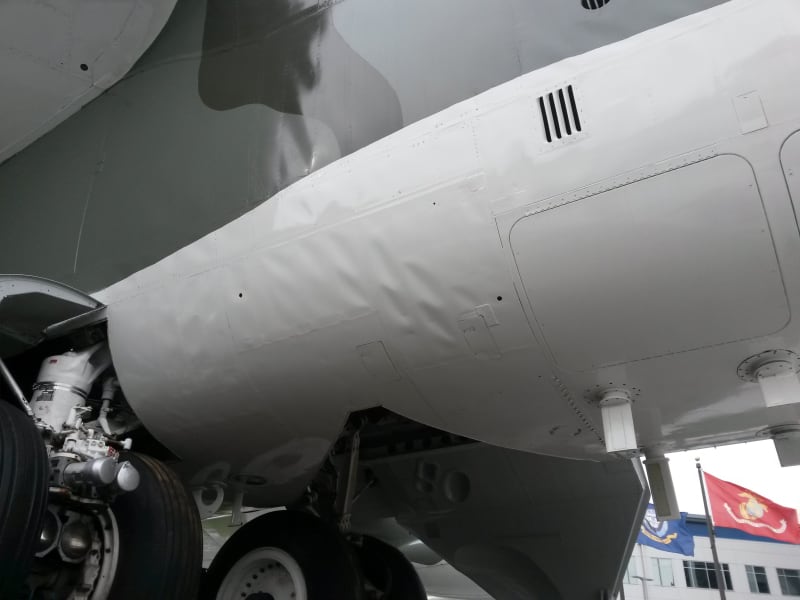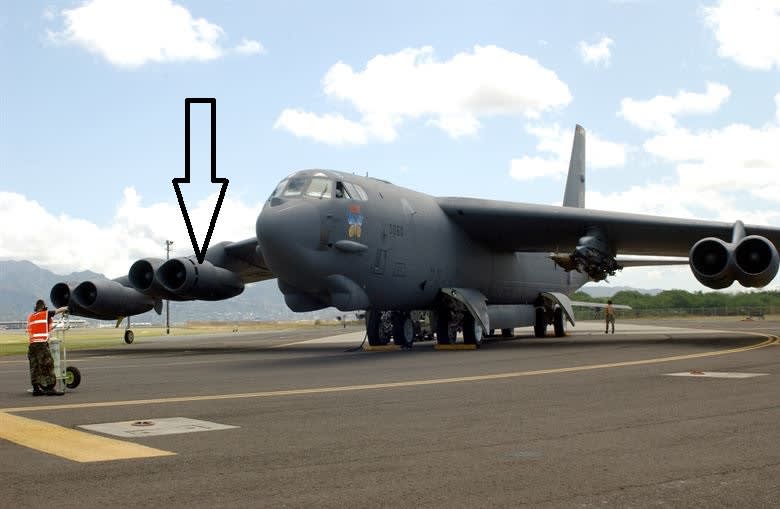Used to be, you couldn't get this close to this plane without enlisting, or risking a bullet:

Those with a good eye for structures will notice some wrinkles. Looking a bit closer...


That's actually a LOT of wrinkles. They continue all the way up the nose to the gunner's deck.
Hard landing? Pulling G's in flight?
No one believes the theory except the one who developed it. Everyone believes the experiment except the one who ran it.
STF

Those with a good eye for structures will notice some wrinkles. Looking a bit closer...


That's actually a LOT of wrinkles. They continue all the way up the nose to the gunner's deck.
Hard landing? Pulling G's in flight?
No one believes the theory except the one who developed it. Everyone believes the experiment except the one who ran it.
STF

